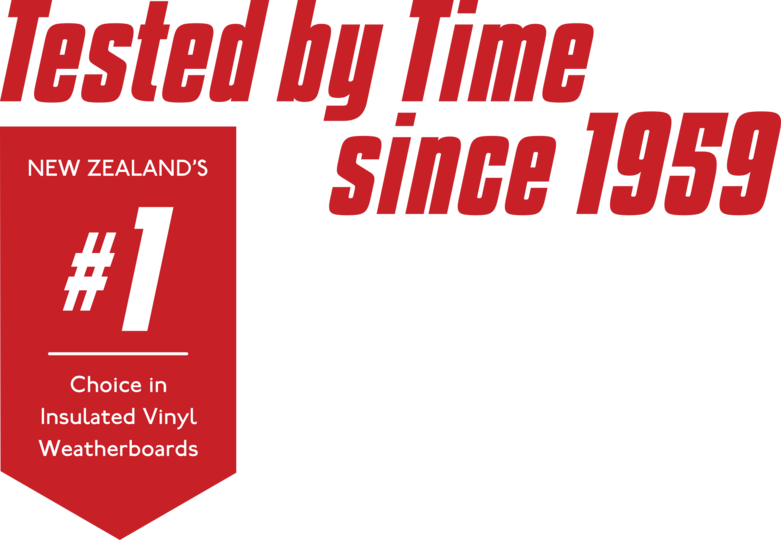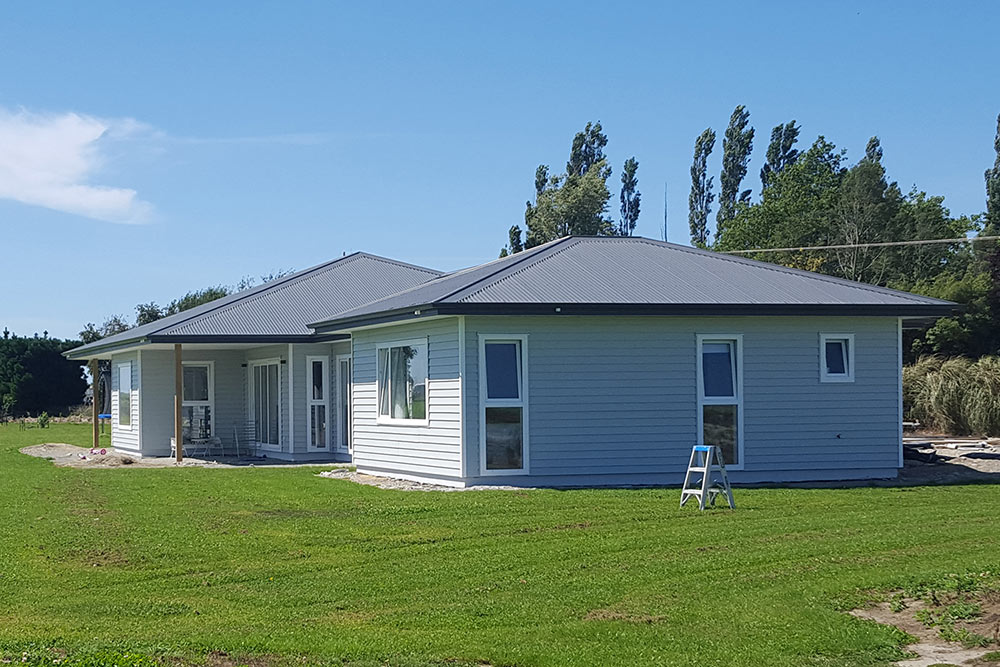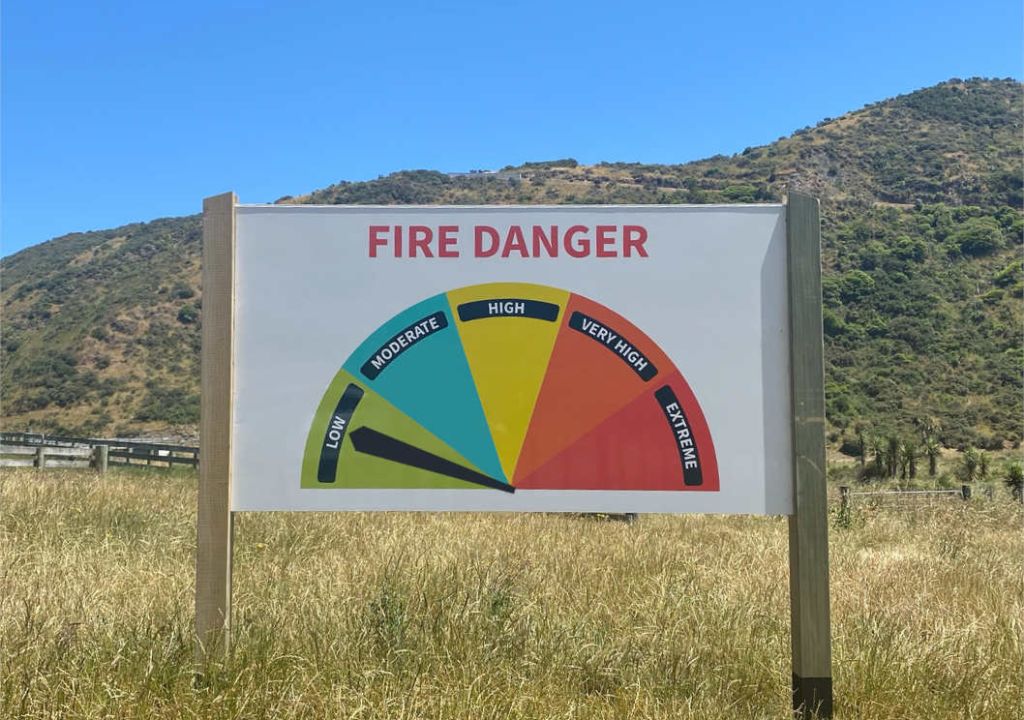Fire Performance


Is Vinyl Cladding Fire Resistant?
Vinyl cladding, made primarily from polyvinyl chloride (PVC), offers excellent fire performance due to its inherent material properties. Below is an overview of its fire resistance, the behavior of its combustion byproducts, and real-world performance in fire conditions.
High Fire Resistance
Vinyl Cladding performs well in fire situations for several reasons:
-
High Chlorine Content:
PVC contains a high level of chlorine, which makes it very resistant to ignition and helps slow the spread of flames. In fact, vinyl is typically self-extinguishing when the heat source is removed. -
Delayed Ignition Temperatures:
Vinyl Cladding will not ignite from an external flame until it reaches about 378°C and will only self-ignite at around 454°C. For comparison, common framing timber ignites at 260°C and self-ignites at 410°C. This means vinyl cladding can provide a higher safety margin in fire conditions. -
ASTM Test Results:
Testing (ASTM D2863) shows that PVC has a high Limiting Oxygen Index (LOI), indicating that it requires a very high oxygen concentration to sustain combustion. Once the flame is removed, vinyl cladding quickly extinguishes, reducing the likelihood of rapid flame spread.
Low Flame Spread and Heat Release
Because of its slow ignition and low rate of flame spread, Vinyl Cladding helps minimize the energy released during combustion. *ASTM-E162 testing demonstrates that PVC has one of the lowest radiant panel indices, meaning it does not emit large amounts of energy when burning. This characteristic is significant in reducing potential injuries during a fire.

Fire Toxicity
When vinyl burns, it produces byproducts that are no more hazardous than those from many other common materials. For example:
Hydrogen Chloride (HCl):
Burning vinyl releases HCl, an irritant with a distinctive, noticeable odor. Importantly, HCl only becomes dangerous at concentrations far higher than those observed in real-world fire scenarios. Additionally, HCl tends to adhere to surfaces, causing its airborne concentration to drop rapidly. In many cases, its detectable odor even acts as an early warning signal, helping to ensure timely evacuation.
Moreover, since the 1970s, as the production and use of vinyl building products have increased, fire incidents and related fatalities have actually declined. This positive trend highlights the proven safety and improved fire performance of modern vinyl materials, making them a reliable choice for safer building environments.
Real-World Performance: A Case Study
A notable example comes from the Victorian Fires in Australia (February 2009). In this tragic event, a house clad in vinyl survived with minimal damage. Key factors that contributed to its resilience included:
Thorough Pre-Construction Planning:
The builder carefully researched materials focusing on fire performance, low maintenance, and energy efficiency.Strategic Site Selection:
The house was built with a safe distance from trees, reducing the risk of ember attacks.Effective Material Choices:
The use of vinyl weatherboards and double-glazed window frames with no air gaps provided an additional barrier against heat and embers.Consistent Use of Fire Retardant Materials:
Both the interior and exterior incorporated materials designed to resist fire spread.
* ASTM International – an International Standards Organization


